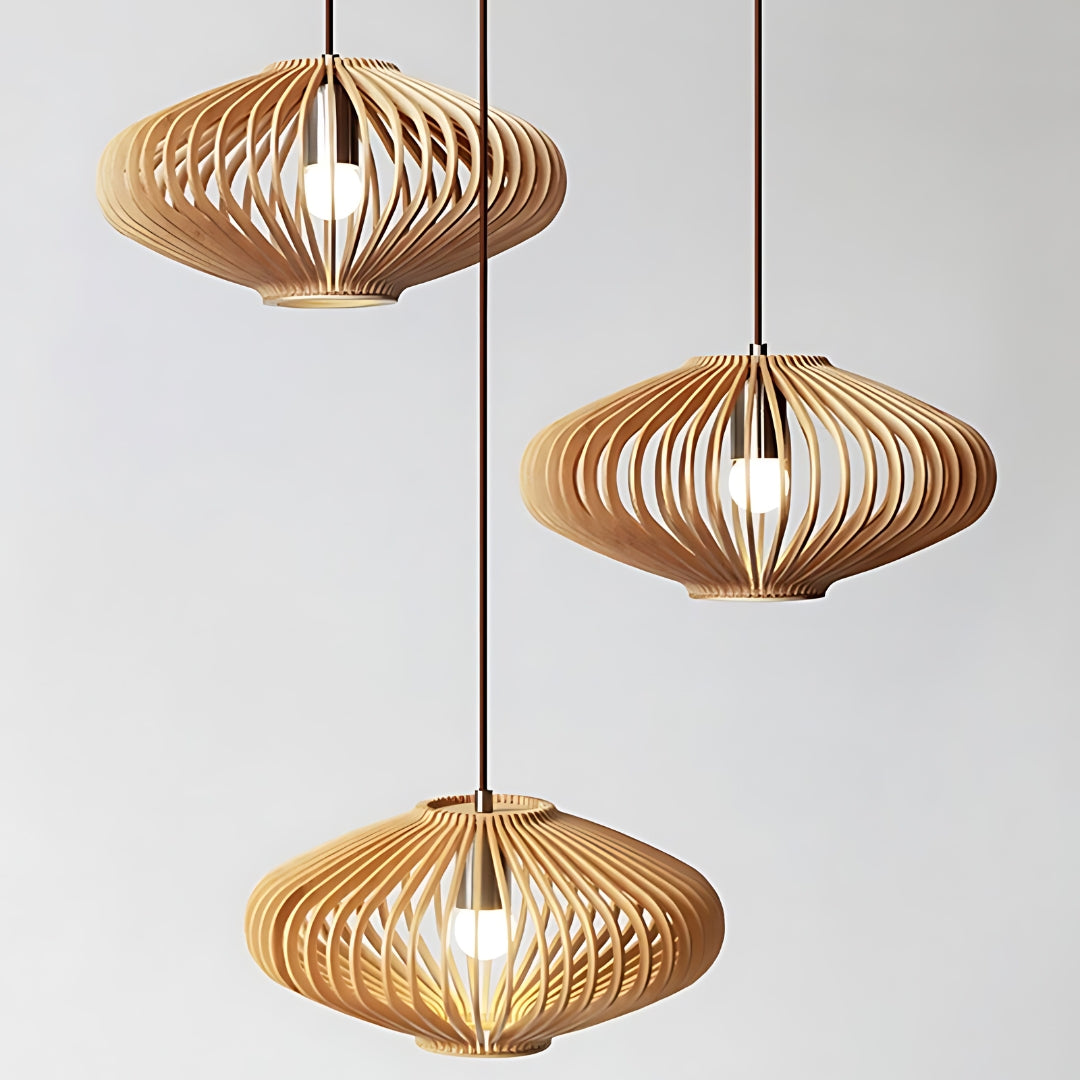The Psychology of Lighting: Creating the Perfect Mood at Home
Lighting is often an overlooked aspect of interior design, yet it plays a crucial role in setting the mood and ambiance of your living spaces. The right lighting can transform a room from dull to cozy, from chaotic to serene. Understanding the psychology of lighting can help you create the perfect atmosphere in your home.
The Impact of Lighting on Mood
Lighting has the power to influence our emotions, behavior, and even productivity. Soft, warm lighting can create a sense of comfort and relaxation, making it perfect for bedrooms and living rooms. In contrast, bright, cool lighting can boost energy levels and focus, ideal for kitchens and home offices.
The Role of Chandeliers and Lamps
Chandeliers and lamps are not just functional pieces; they are also decorative elements that can enhance the aesthetics of a space. Chandeliers, with their grand designs and intricate details, can serve as a focal point in a room, adding a touch of elegance and sophistication.
Lamps, on the other hand, are versatile lighting fixtures that come in various styles, shapes, and sizes. Table lamps can add a warm glow to a reading nook, while floor lamps can illuminate dark corners and create a cozy ambiance.
Choosing the Right Ceiling Lights
Ceiling lights are essential for illuminating a room and creating a well-lit environment. Pendant lighting, in particular, is a popular choice for both its functionality and aesthetic appeal. Pendant lights can be used to define different areas within a room or to highlight specific features, such as a dining table or kitchen island.
Creating Layers of Light
One of the key principles of lighting design is creating layers of light. This involves combining different types of lighting, such as overhead lighting, task lighting, and accent lighting, to achieve the perfect balance of brightness and ambiance in a room.
Overhead Lighting:
Overhead lighting, such as chandeliers and ceiling lights, provides general illumination for a room. It sets the overall tone and brightness level, serving as the foundation for the lighting design.
Task Lighting:
Task lighting is focused lighting that helps you perform specific activities, such as reading, cooking, or working. Lamps and under-cabinet lighting are common sources of task lighting that provide directed light where you need it most.
Accent Lighting:
Accent lighting is used to highlight architectural features, artwork, or decor items in a room. This type of lighting adds depth and visual interest, drawing attention to specific elements and creating a focal point.
Color Temperature and Its Effects
The color temperature of light can have a significant impact on the mood of a room. Warm light with a yellowish hue creates a cozy and inviting atmosphere, while cool light with a bluish tone feels more refreshing and energizing.
Dimmers for Versatility
Installing dimmer switches is a great way to add versatility to your lighting design. Dimmers allow you to adjust the brightness of your lights according to the time of day and the desired mood, giving you more control over the ambiance of your space.
Conclusion: Illuminating Your Home with Style
By understanding the psychology of lighting and incorporating various lighting techniques and fixtures like chandeliers, lamps, ceiling lights, and pendant lighting, you can create the perfect mood at home. Experiment with different lighting combinations to achieve the ambiance that suits your style and preferences. Let your home shine bright with the right light fixtures and watch as it transforms into a welcoming sanctuary for you and your loved ones.











